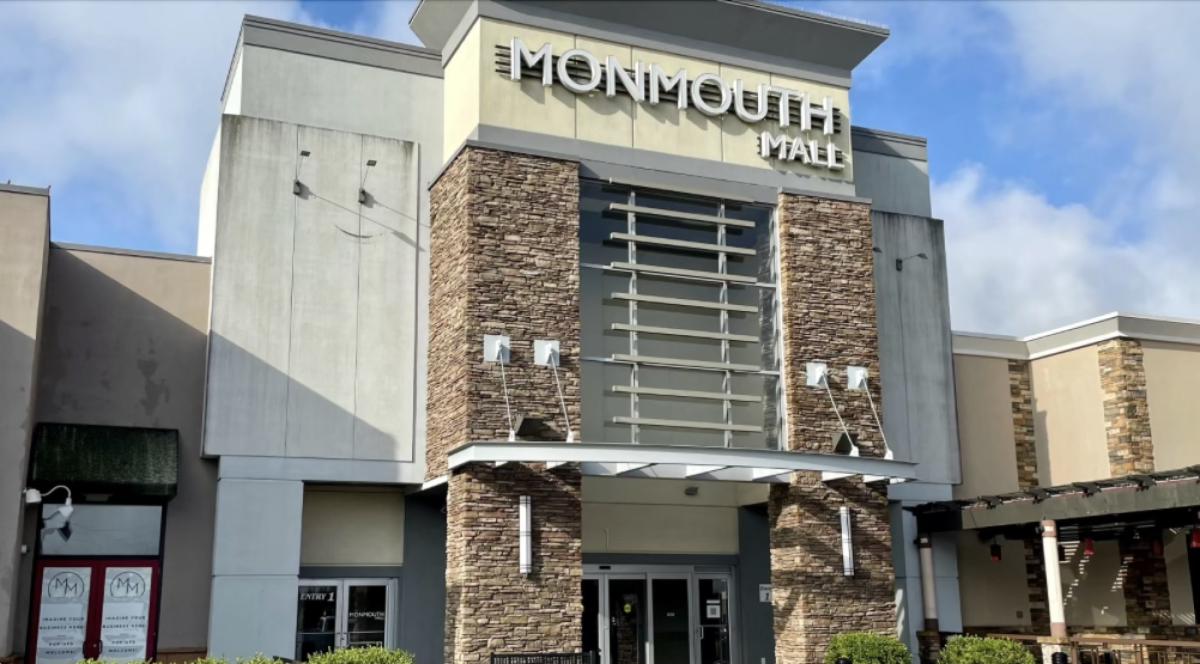Back in the 1980s, malls were the heartbeat of teenage lives, serving as a gathering place for friends to hang out, watch movies, play arcade games and waste the day away shopping. As a hub for all forms of entertainment, malls allowed teens to escape the trivial drama in their daily lives and connect with their peers and surrounding community. However, malls today aren’t the adolescent asylum they used to be. Due to the current prevalence of online shopping, streaming services and social media, malls are no longer essential in facilitating communication among teenagers and providing amusement to distract teens from their everyday struggles. As a result of malls’ dwindling popularity, many malls have shut down across the nation. The Monmouth Mall in Eatontown, New Jersey, happens to be a recent victim of this mall mire.
Kushner Companies, the owner of the Monmouth Mall, has announced that the mall as we know it is coming to an end. Beginning in March 2024, the second floor of the Monmouth Mall will be demolished, in addition to the mall’s JCPenny and Lord & Taylor locations. For the past several years, the mall has had an occupancy rate under 60%, causing its storefronts to have hundreds of thousands of empty square feet. Due to the significant volume of empty stores, Kushner Companies decided that they could not continue to uphold the mall.
In place of the Monmouth Mall, Kushner Companies plans to develop “Monmouth Square.” This square will include 1,000 new luxury apartments along with a variety of stores, restaurants and medical office space. For the stores remaining in the mall, Kushner Companies will transform them into part of an open-air complex, promoting modernization and a greener community center.
While Kushner Companies makes strides to reshape the Monmouth Mall into a contemporary community space, many of the malls that close across the country are abandoned. This abandonment can be detrimental since for the past several decades, malls have acted as a “third place.” A term coined by Sociologist Ray Oldenburg in his book “The Great Good Place,” a third place can be anywhere other than home, work or school where individuals can relax, flee from day-to-day problems and spend time in a public setting without pressure to show up. When visiting third places, people can connect with those who have similar interests or even those they would not normally converse with, forging new opportunities for socialization. By weaving together new bonds in third places, individuals combat the loneliness epidemic that plagues society, which can be attributed to the pandemic. Unfortunately, many places nowadays can be expensive or exclusive, inhibiting this connection. As malls close, there are even fewer locations to foster this relaxing and freeing environment, leading people to detach from their communities.
The transformation of the Monmouth Mall embodies a new movement to revitalize these third places and community focal points in the age of digitalization. When members of a community can join together in shared spaces such as malls, they can promote unity and companionship.


